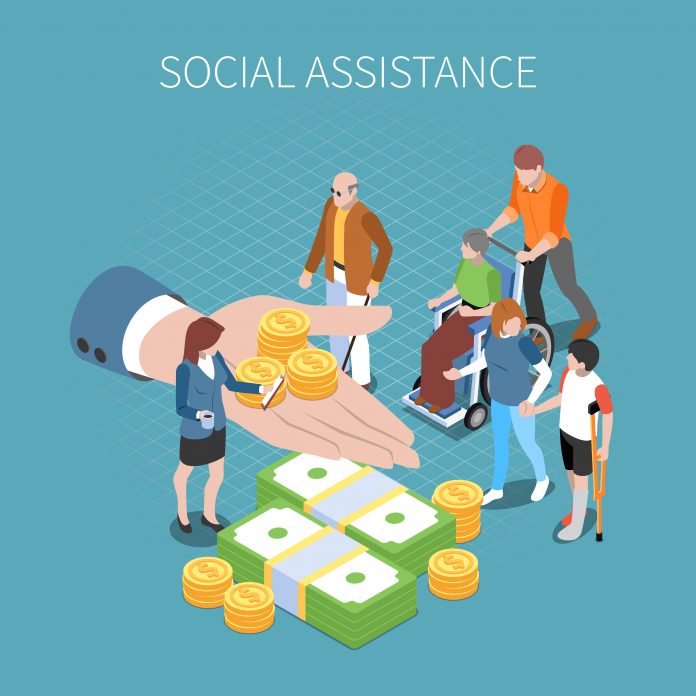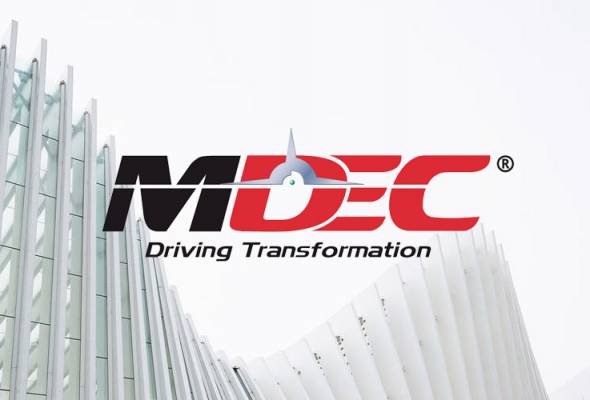
Published by Business Today, Focus Malaysia & New Straits Times, image from Business Today.
While talks about propping up social spending have caught public’s attention in order to put more money in people’s hands amid the crisis triggered by the unprecedented Covid-19, it seems not very reflective of government’s expenditure allocation for subsidies and social assistance revealed in Budget 2021.
Under subsidies and social assistance, there are various perks such as cash transfers, social welfare benefits and services by the Department of Social Welfare (JKM), education assistance, as well as food and fuel subsidies.
According to Khazanah Research Institute (KRI), the number of social assistance and subsidy programmes had risen from 11 to 123 programmes in between 2006 and 2018.
Despite the increased number of programmes, the share of government’s spending on subsidies and social assistance has moderated – from 12.6 percent of operating expenditure in 2015 to 8% in 2021, based on economic estimates from the Ministry of Finance (MOF).
In absolute values, the allocation for subsidies and social assistance in 2020 had been revised lower from the originally-estimated RM24.2 billion to RM20.1 billion, partly due to savings in fuel subsidies amid low crude oil price environment – a substantial fall by 15.7 percent year-on-year (y-o-y).
For year 2021, the projected allocation has been set even lower at RM18.9 billion – a y-o-y decrease of 6.4 percent. According to MOF, the decline is on the back of the consolidation of cash handout programmes via Bantuan Prihatin Nasional (BPN) and Bantuan Sara Hidup (BSH).
These allocations are also lower than pre-pandemic and pre-crisis levels – RM23.9 billion in 2019.
As a percentage of Gross Domestic Product (GDP), subsidies and social assistance only account for 1.4 percent in 2020 and much lower share of 1.2 percent in 2021.
This still remains low by international standards according to the World Bank – 1.6 percent for upper-middle countries and 2 percent of GDP for high-income countries.
Given that social assistance is viewed as part of social protection, there is a need to pay particular attention to this matter as the current twin crisis and its immense impact have cost many livelihoods especially those in the low-income brackets and vulnerable groups.
For instance, the households who were in the higher-income brackets such as M40 before crisis might have fallen into the B40 group due to the economic shock that led to cost-cutting measures pursued by businesses such as retrenchments or pay-cuts.
Those in the informal sector with uncertainty in incomes and poor social protection could be facing worse.
This dire situation can be supported by EMIR Research’s 3Q20 poll findings which reveal that losing jobs and inadequate incomes are some of rakyat’s main concerns since Covid-19 happened – 85 percent and 80 percent agreed accordingly.
What’s more worrying to discover during the poll, respondents coming from households earning below RM1,500 – below poverty line income – accounts for the biggest share (41 percent), higher than expected. Thus, this can also help explain the notable level of worries related to the effect of the pandemic.
Being one of the main contributors among others, these job-related concerns had then resulted in a higher National Worry Index (NWI) – from 0.77 in 1Q20 to 0.79 in 3Q20.
Therefore, the current unprecedented economic downturn indeed requires unprecedented measures for the time being – higher welfare transfers.
Although the lower allocation for social assistance and subsidies for 2021 is likely due to the more optimistic growth outlook between 6.5 percent and 7.5 percent, the uncertainty to how long rakyat will take to recover remains and it is only a projection.
For instance, the monthly JKM’s welfare aids for the vulnerable groups announced in Budget 2021 which have seen a rise between RM50-RM150 should be increased further considering the amounts have remained stagnant for about a decade while cost of living keeps on rising.
Of course, fiscal space to finance welfare spending in the immediate term would come in as a challenge for the developing and emerging market economies, according to studies, as the resources need to be sustainable especially if some programmes need to be in place for a longer period of time.
According to the International Monetary Fund (IMF), there are several ways, in principle, to broaden fiscal space – tax measures or strengthening tax administration, lower non-essential expenditures to make room for the important ones, domestic or external borrowing and the central bank to print money.
Policies related to mitigating corruption and improve governance can also help create fiscal space to finance the welfare programmes. This is crucial to achieve efficiency in these programmes are implemented. Perhaps, consolidation of programmes to eliminate the inefficient and unproductive ones would be of help to avoid wastage.
Talks about tax-related measures to boost government’s tax revenue were going around before the tabling of Budget 2021 but as noted, the timing of implementation is crucial to ensure people are not burdened by the measures amid the current crisis.
Although efforts to support rakyat are shown through large budget allocations in generating and retaining jobs, EPF Account 1 withdrawals (i-Sinar), reduction in EPF contribution rate and reduction in personal income tax for one income band, immediate assistance through subsidies and social assistance are also important, mainly for the vulnerable people.
Nur Sofea Hasmira Azahar is Research Analyst at EMIR Research, an independent think tank focused on strategic policy recommendations based on rigorous research.

